Channel Partner Loyalty Programs or Incentive Programs?
Sales trainer Jeffrey Gitomer asks:
“Do you want your spouse to be satisfied or loyal?”
It’s a bit off-color (which Gitomer is) but memorable and thought-provoking. He wrote an excellent blog,” Satisfied or loyal, which are your customers?”, that suggests companies overthink about c-sat (customer satisfaction) when customer loyalty is much better.
Definition of Channel Partner Incentive vs. Channel Loyalty
The terms “incentive program” and “loyalty program” are often get used interchangeably. A channel exec says one but really means the other. The goal of a loyalty program is to keep the channel partners selling the sponsored products on a regular or increasing interval. Incentive programs are structured as an if-then formula. “If you sell this big, new product, then you get these incentive points or payout.” Loyalty programs often strive for long-term sales consistency, while incentives target a short-term lift in sales.
Channel Loyalty Examples
Loyalty programs are most common when transactions are frequent, and usually in lower dollar amounts per transaction, such as food service distribution, consumer product distribution, industrial commodity sales, insurance, financial services, and independent dealers. In the B2C space, consumer loyalty programs are prevalent – with airline frequent flyer programs and credit card rewards being the most familiar – along with loyalty programs for hotels, Starbucks, grocery stores, and many more. The same psychological goal as channel loyalty; the ‘customer’ enjoys an occasional “thank you” reward – for being loyal.
Channel Incentive Examples
Channel incentive programs typically have fewer transactions but higher price points, such as big-ticket technology sales, complex software sales, industrial systems, and expensive equipment for offices, construction, or agriculture. Additionally, incentive programs might reward certain behaviors like training, trials, or deal registration. The if/then reward can be immediate for making a single, large sale or points can be accumulated to redeem a larger reward later.
It’s maintenance versus motivation.
Loyalty maintains; incentives motivate.
 Run-Rate Revenue or Incremental Revenue
Run-Rate Revenue or Incremental Revenue
This week, a prospect said something I often hear: “we want to reward incremental revenue; not run-rate.”
The common adage is “channel incentive programs are self-funding.” The rewards are paid from incremental sales: more sales, more rewards. Good incentive companies, like Brightspot, can assist with the data analysis, incentive design, and program rules to ensure both ROI and incremental sales.
However, if a company mistakenly presumes their run-rate revenue is a sure thing, Gitomer would say in his unique, NYC-style, “Hey Skippy, don’t assume you’ll keep that run-rate biz! Reward loyal reps too.”
Channel Incentive Budgeting
With incentives and loyalty, it can be as easy as adjusting the percentage. The rule of thumb is 1% of sales for loyalty. But, looking at a % of gross margin is a better strategy because it accounts for business models with high-margin or low-margin sales. Alternatively, channel incentives might be 2% of the gross margin. Channel loyalty reward programs tend to run year after year continuously, so the lower reward amount is incurred over a more extended period. Channel incentives might be for one quarter or a single year, which allows for a large reward rate. Brightspot has a neat online incentive budget calculator where you can dynamically adjust the number of participants, reward %, and take rate (the % of reps earning the reward) to estimate an incentive budget.
 Channel Incentive & Loyalty Guide
Channel Incentive & Loyalty Guide
Brightspot had a super eBook on this topic. Channel Rewards Guide is a how-to guide for starting channel incentive programs and channel partner loyalty programs. It’s based on our #1 most-popular eBook, 12.5 Steps to a Perfect Incentive Program, and has been rewritten to focus directly on channel rewards.




 Run-Rate Revenue or Incremental Revenue
Run-Rate Revenue or Incremental Revenue